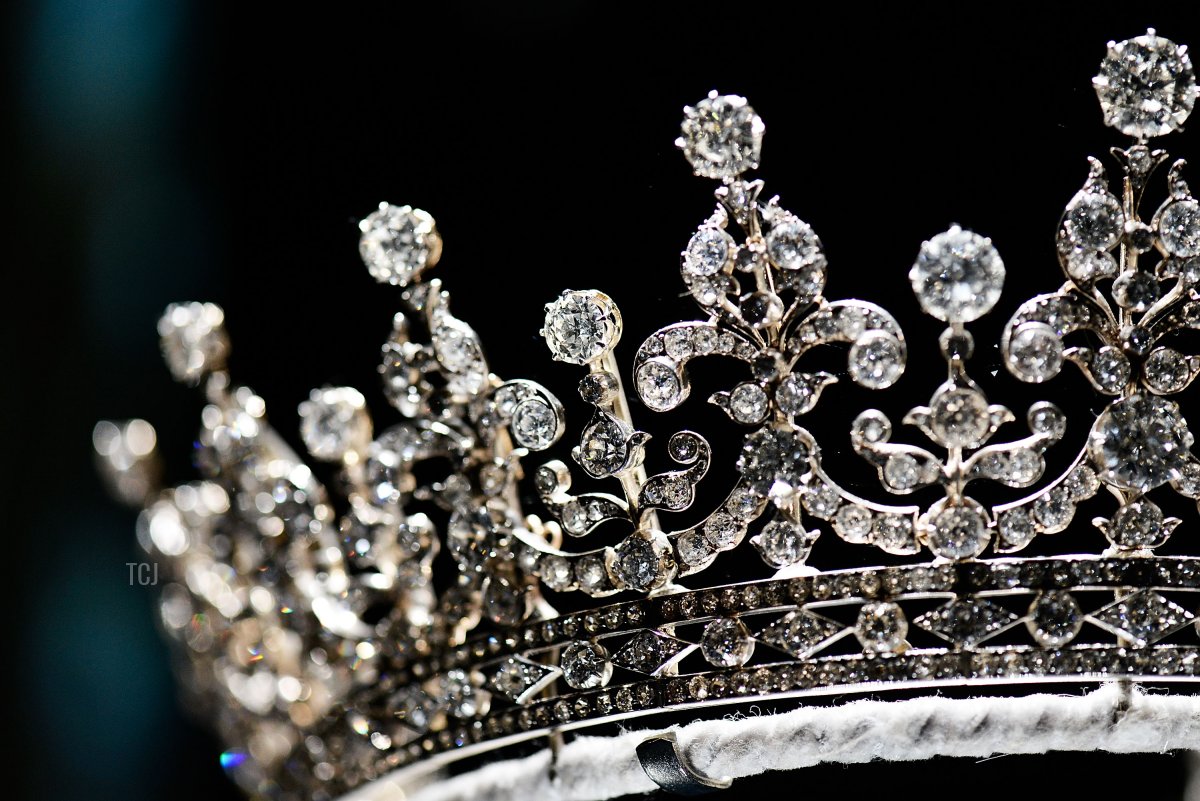
Today, King Charles III and Queen Camilla will head to Berlin to embark on the first state visit of his reign. It’s something of a tradition for the royals to wear jewels with diplomatic nods to their host countries during these visits, so here’s a survey of just some of the many royal jewels in the vaults with ties to Germany.
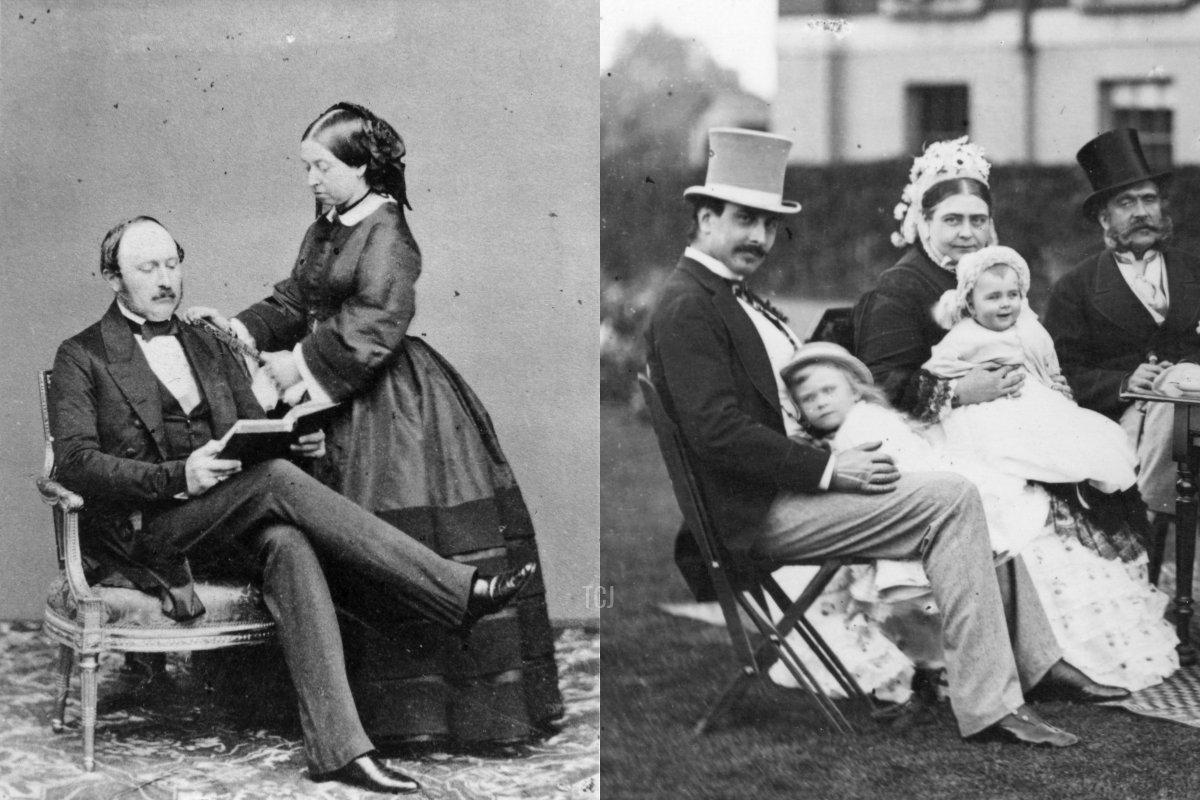
If you go far back enough, basically all of the current British royal jewels have ties to Germany, because the current royal house (Windsor, formerly Saxe-Coburg and Gotha, and previously Hanover before that) has German roots. But because many of the earliest jewels from the collection were returned to Germany after a famous legal suit (the Hanoverian Claim) in the nineteenth century, most of the German royal jewels in the vaults are currently derived from two sources: Prince Albert, the German-born husband of Queen Victoria, and the Duke and Duchess of Teck, the parents of Queen Mary.
Prince Albert’s Saxe-Coburg and Gotha heritage is pretty self-explanatory, but Queen Mary’s German links are maybe less well known. Her father was the son of Duke Alexander of Württemberg and a first cousin of King Wilhelm I of Württemberg. Mary was born in England, but she was a Princess of Teck until her marriage in 1893. And more links to Germany can be found in her mother’s family line as well: Mary’s maternal grandmother, the Duchess of Cambridge, was born Princess Augusta of Hesse-Kassel. Both the Teck and Cambridge jewels have significant German connections.
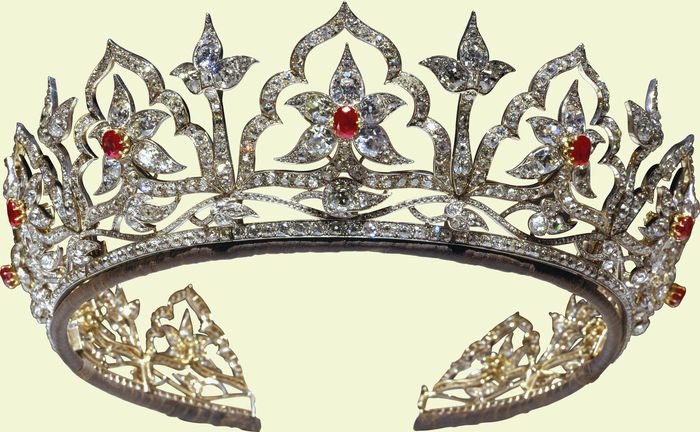
Let’s start with the Albert-related jewels that Camilla could choose to wear in Germany. I’m crossing my fingers that the Queen Consort might wear a tiara for tonight’s state banquet in Berlin. The only tiara designed by Albert that remains in the collection today (that we know of, at least!) is the Indian Circlet, a diamond and ruby tiara that was inspired by Mughal designs exhibited at the Great Exhibition in 1851. The jewel was originally set with opals, which were removed by later royal generations, and interestingly, it was remade after some of the diamonds originally used had to be returned to Germany as part of the Hanoverian Claim.
Queen Victoria classified the tiara as an “Heirloom of the Crown” in her will, intending for it to be used by future queens regnant and consort. The tiara was a particular favorite of the Queen Mother, and it has only been worn once in public (by Queen Elizabeth II) since the Queen Mum’s death in 2002.
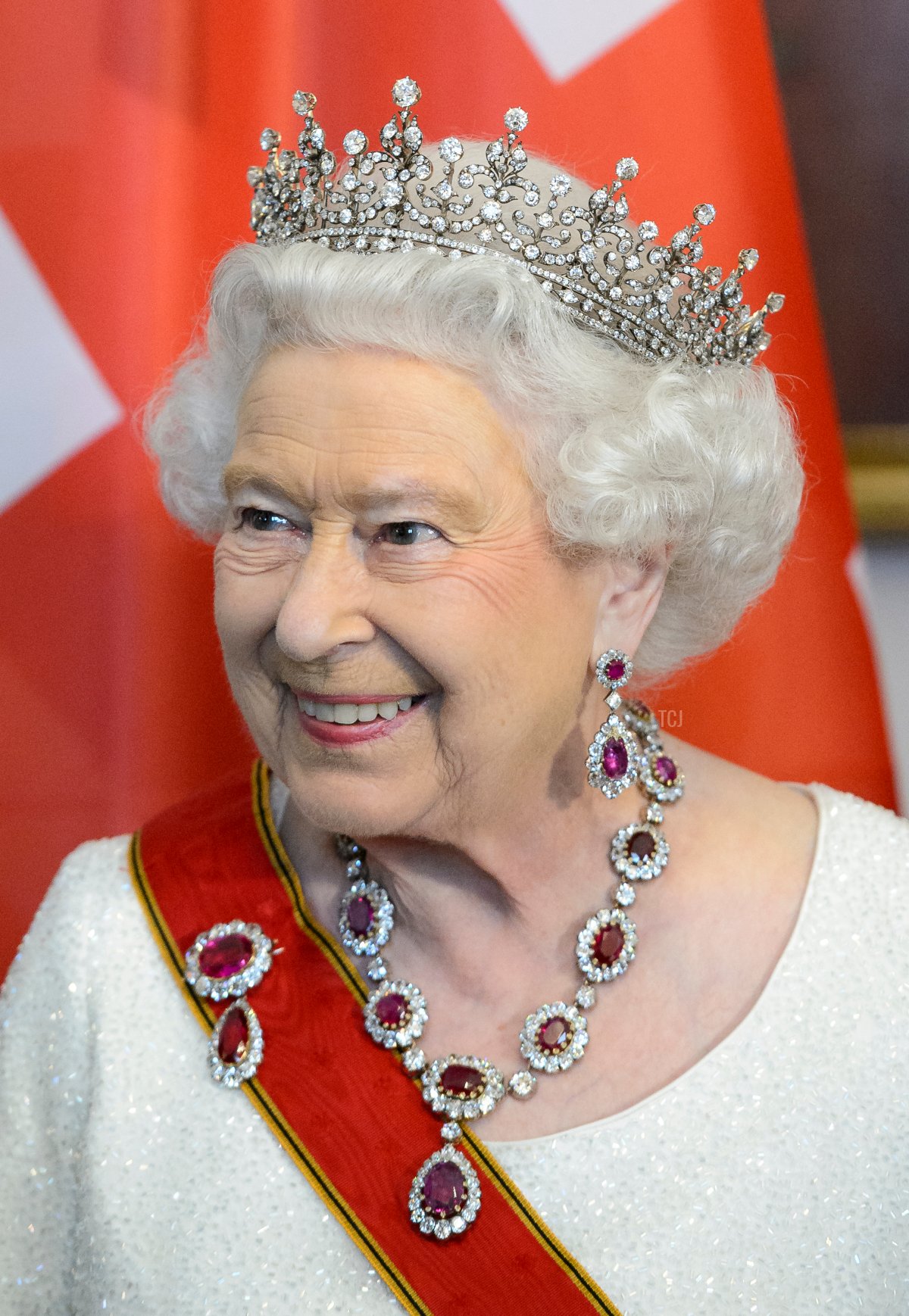
The circlet also has an accompanying set of diamond and ruby jewels: a necklace, earrings, and brooch. Like the tiara, the Crown Rubies were also originally set with opals and later changed. The red and white colors of the entire set coordinate well with the German flag and with the sash of the German Order of Merit. The late Queen Elizabeth II wore the rubies (with the Girls of Great Britain & Ireland Tiara—more on that in a second) during her final state visit to Germany in 2015.
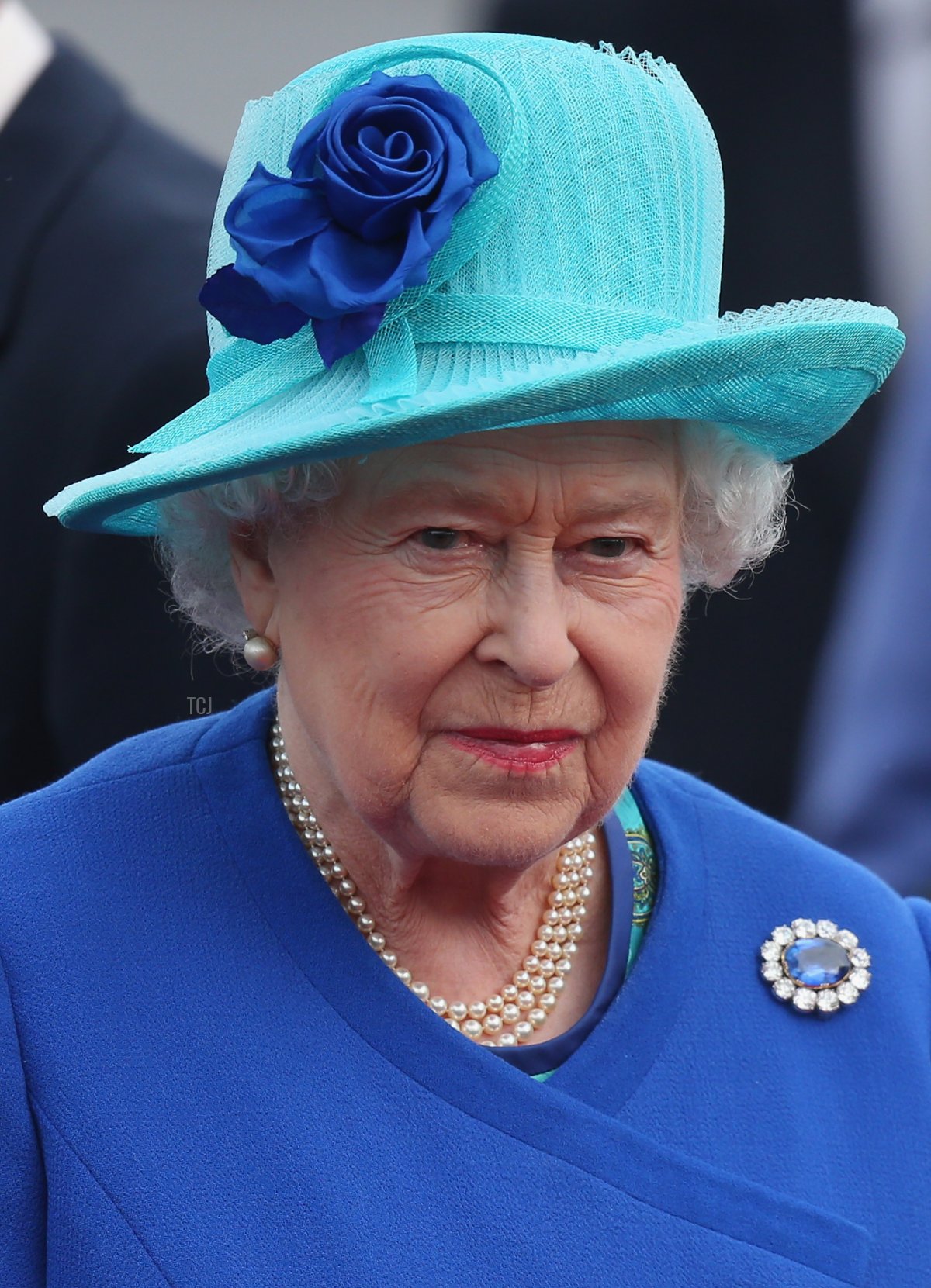
The most famous Albert-related jewel in the collection is probably this diamond and sapphire brooch, which he famously gave to Queen Victoria on the night before their royal wedding in 1840. Prince Albert’s Brooch is now also an Heirloom of the Crown, and the late Queen wore it very frequently. Appropriately, she chose it for her arrival in Berlin during her final state visit to Germany in 2015.
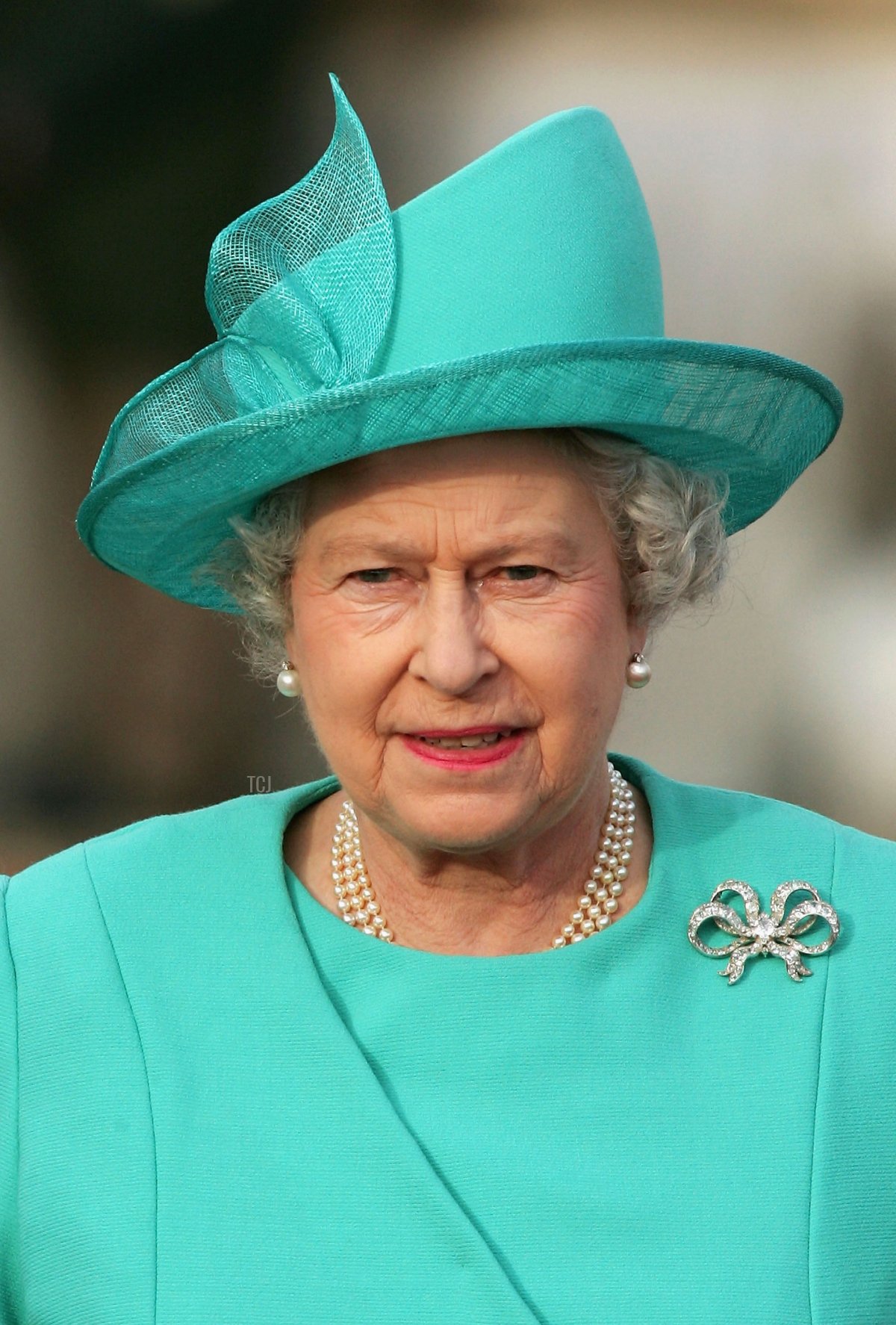
Queen Victoria had to have several pieces of her jewelry remade after she lost the Hanoverian Claim lawsuit in the 1850s. Among them were the diamond bow brooches that had belonged to her grandmother, Queen Charlotte. A trio of new diamond bows was made for her use, and the brooches have continued to be worn regularly by subsequent generations. (They’re heirlooms of the crown, too.) Queen Elizabeth II wore them very often, including an arrival appearance during her 2004 state visit to Germany.
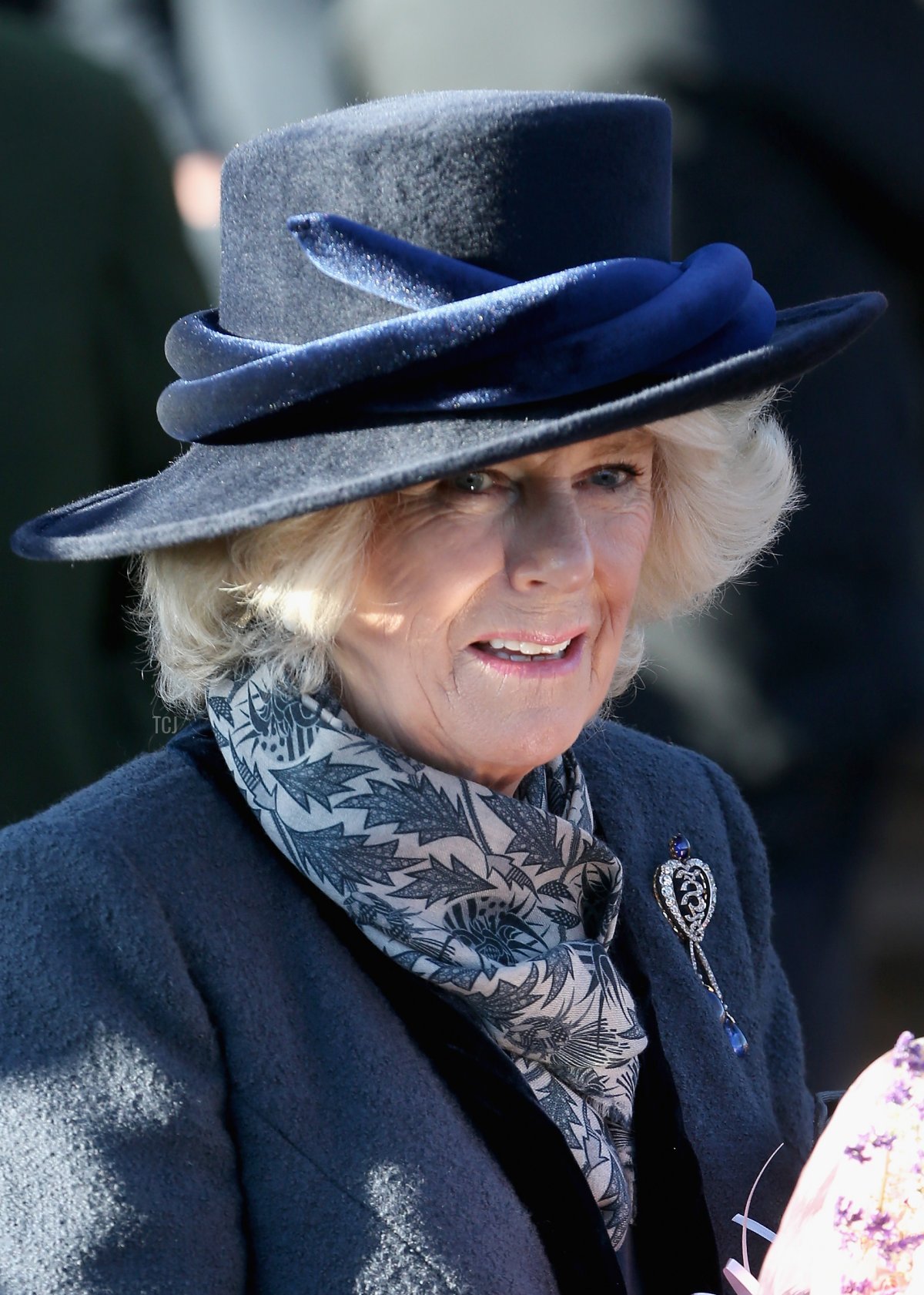
Queen Camilla has already worn one of Queen Victoria’s German royal brooches: the Hesse Diamond Jubilee Brooch. As the name suggests, the brooch was given to Queen Victoria by her Hesse grandchildren (the daughters and son of her second daughter, Princess Alice) as a Diamond Jubilee gift in 1897. Camilla began wearing the brooch long before the late Queen’s death, and in September, she chose it for Elizabeth II’s state funeral.
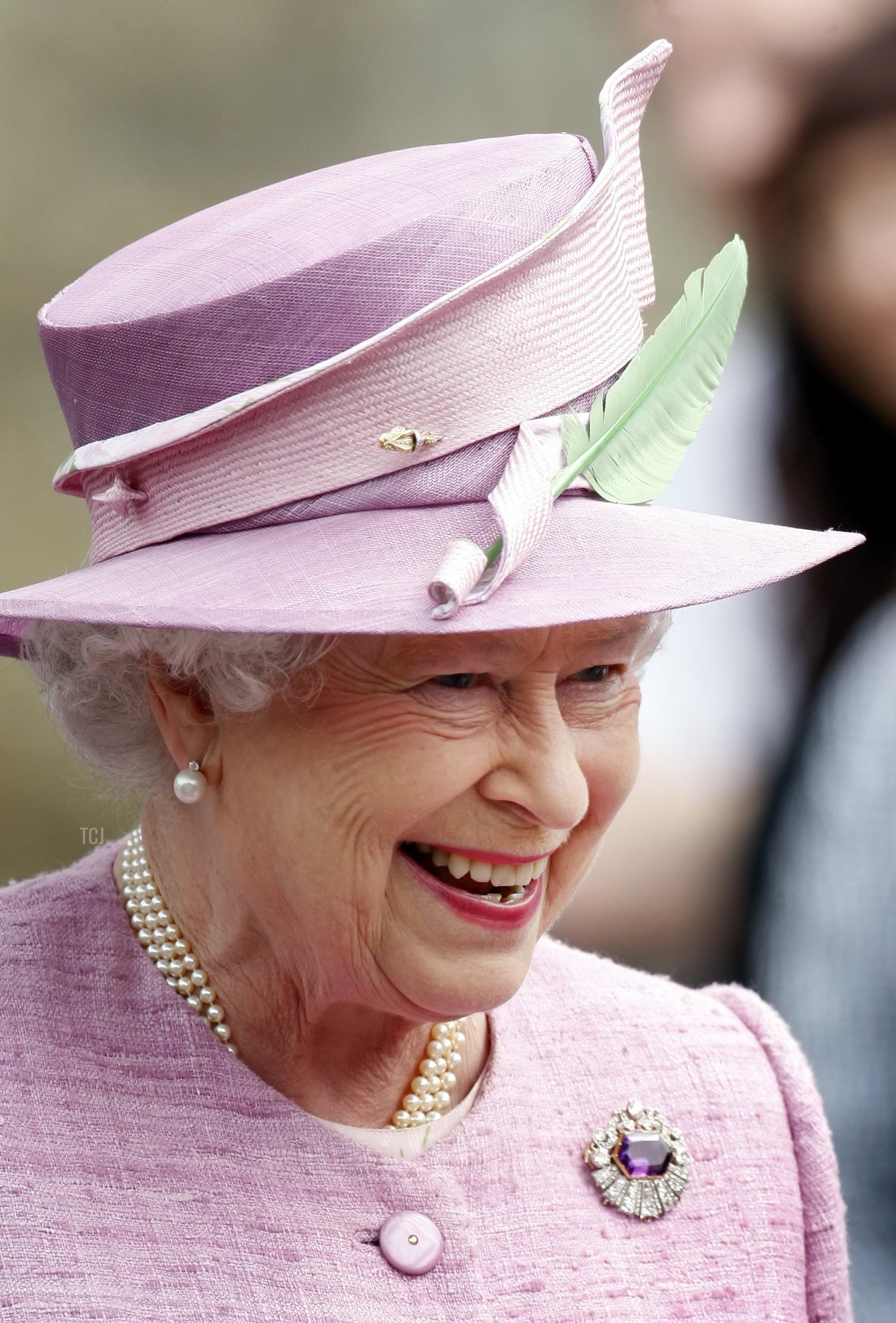
Like Prince Albert, Queen Victoria’s mother, the Duchess of Kent, was a member of the Saxe-Coburg and Gotha family. (She was Albert’s aunt.) Queen Victoria inherited her mother’s suite of diamond and amethyst jewels, which includes this classic brooch. The late Queen loved the brooch and wore it frequently.
The set also includes a large necklace and a pair of earrings, which were only worn in public once by Queen Elizabeth II (a banquet in Portugal in 1984) during her reign. I think Camilla could definitely pull these off!
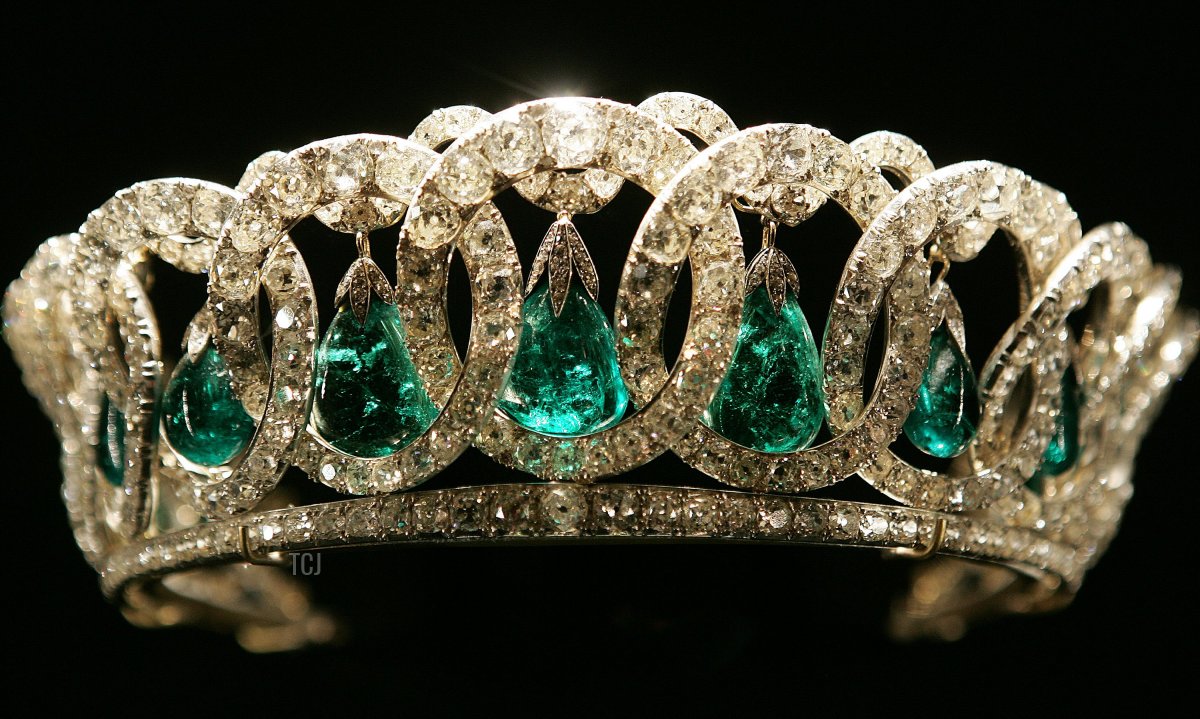
As we discussed above, many of the British royal jewels associated with Queen Mary’s family have German roots. The Vladimir Tiara comes from Russia, but the emerald drops used as an alternative setting come from Mary’s grandmother, the Duchess of Cambridge. Princess Augusta won the Cambridge Emeralds in the early nineteenth century in a charity lottery in Frankfurt.
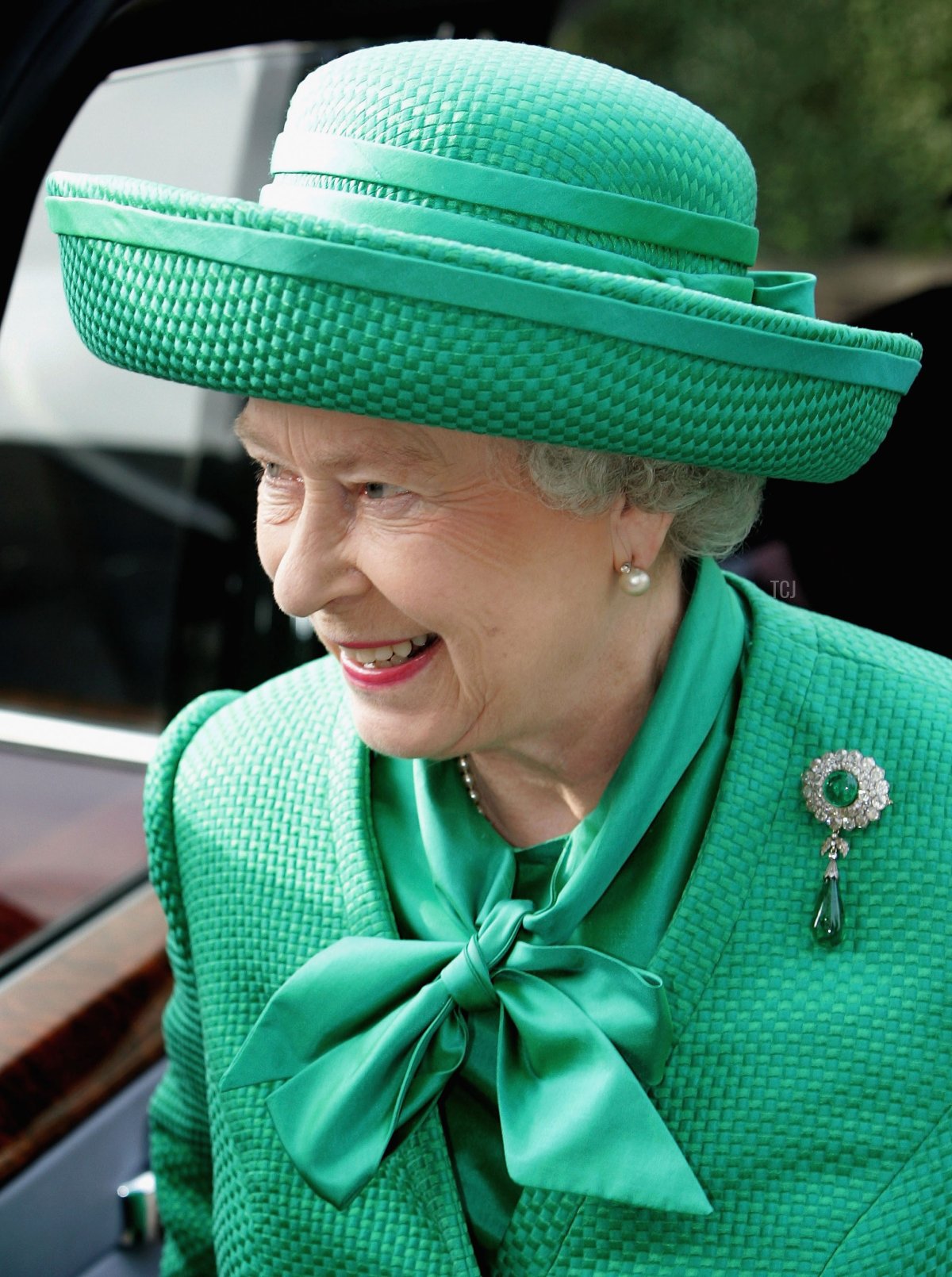
There are numerous pieces of jewelry set with the Cambridge Emeralds in the collection. Among them is this classic emerald and diamond brooch, which features a double-cluster design and a gorgeous emerald pendant.
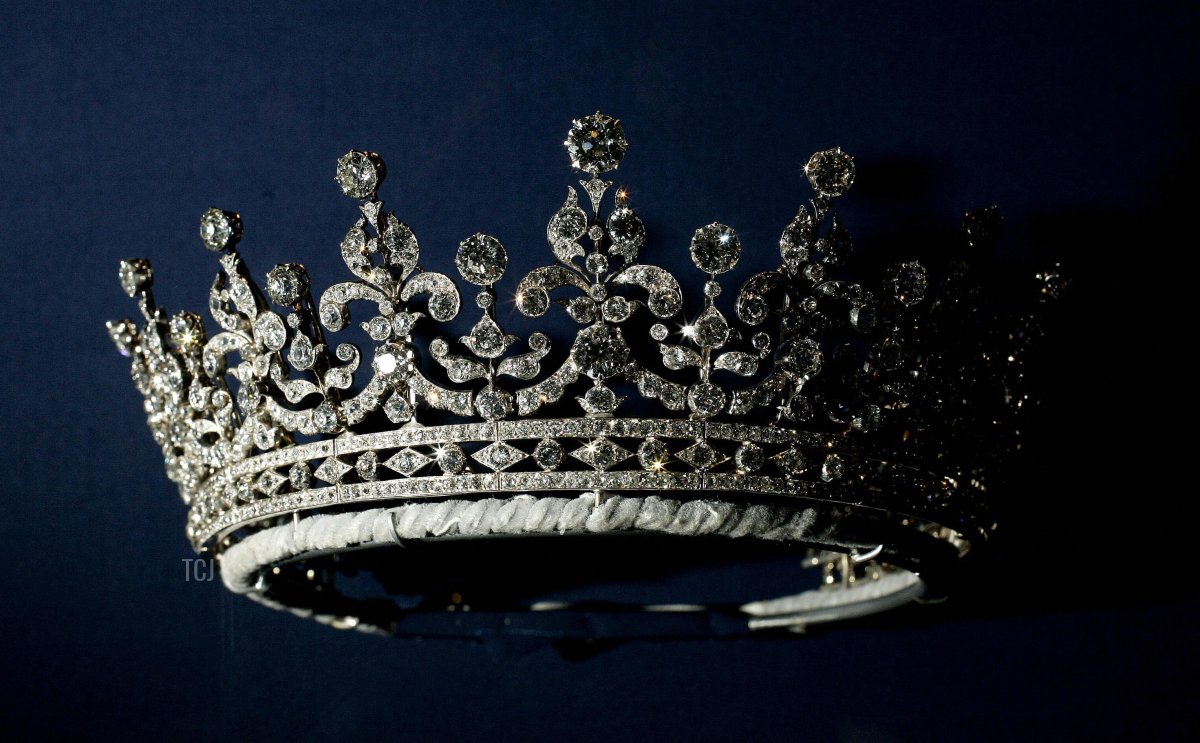
Queen Mary was a Princess of Teck when she married the future King George V in July 1893. She received an enormous haul of wedding gifts, including the classic Girls of Great Britain & Ireland Tiara. She passed it along to her granddaughter, Queen Elizabeth II, as a wedding present in November 1947. I think it’s perhaps unlikely that we’ll see Camilla wear a tiara so strongly associated with Queen Elizabeth II this early in her husband’s reign, but the tiara, a wedding gift to a German princess, was indeed worn by Elizabeth II during her last state visit to Germany in 2015, as well as during earlier state visits to the nation.
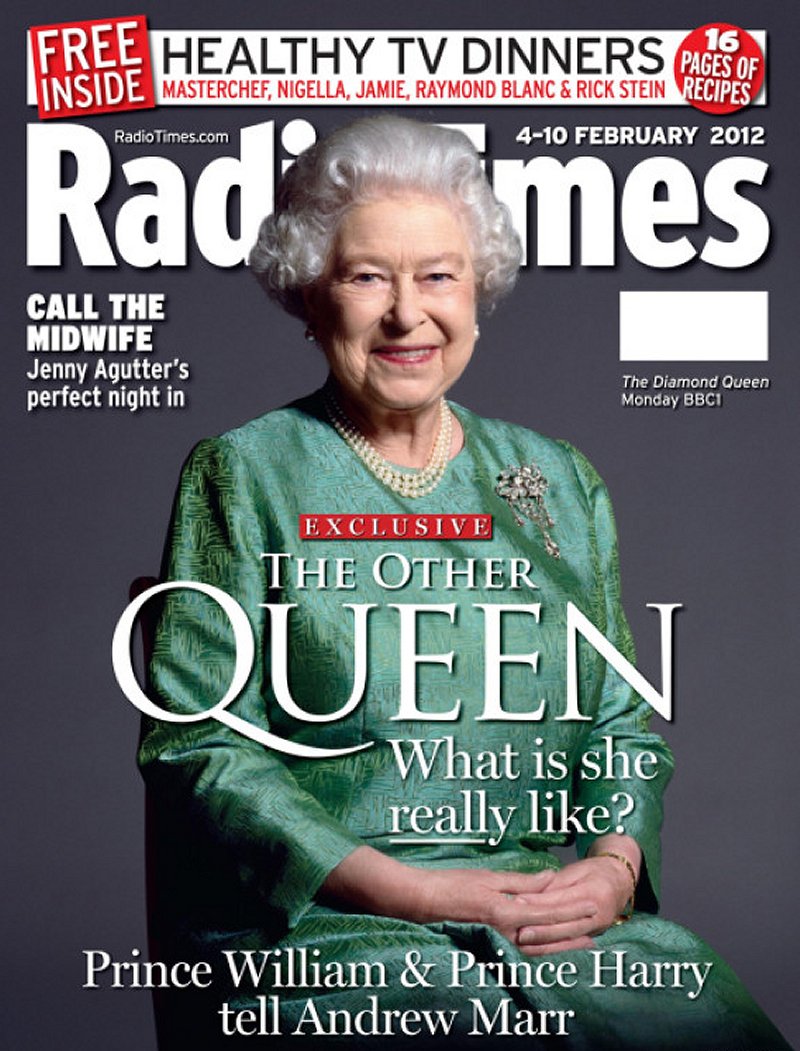
There are tons more Teck/Cambridge/Queen Mary jewels that Camilla could wear for this state visit, but I’d particularly love to see her wear the Duchess of Teck’s Flower Brooch. As the name suggests, it belonged to the Duchess of Teck, and in 1923, Queen Mary gave it to the Duchess of York (later Queen Elizabeth, later the Queen Mother) as a wedding present. The Queen Mum wore it for a very long time, but Queen Elizabeth II only wore it occasionally, including a portrait appearance at the time of her Diamond Jubilee. It’d be another lovely link to generations past, including a German branch of the family, without overly strong associations with the late monarch.
This obviously just barely scratches the surface—there are so many other German-related pieces that Queen Camilla could wear during this state visit. Which jewels are you hoping to see her select for the visit, including the state banquet and reception? (You can read more about the program of the visit here.) We’ll be sharing more about the notable jewels she wears here at The Court Jeweller later today (and over the next several days).
Leave a Reply
You must be logged in to post a comment.